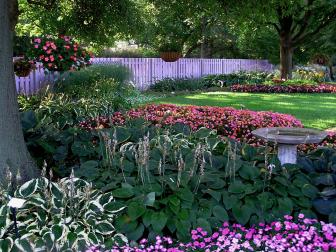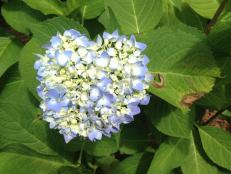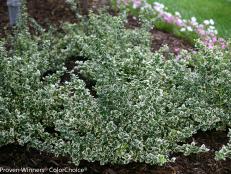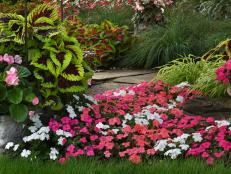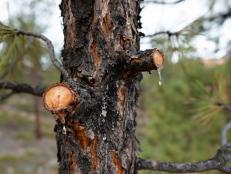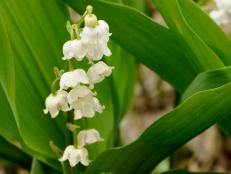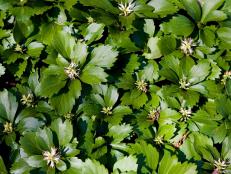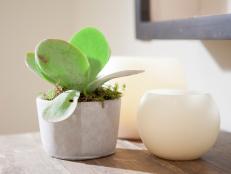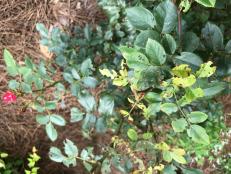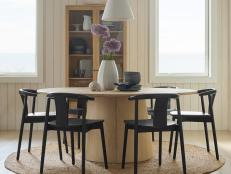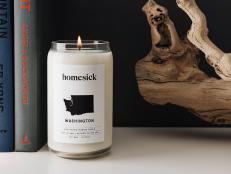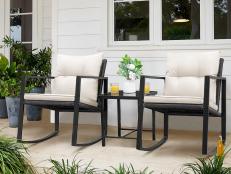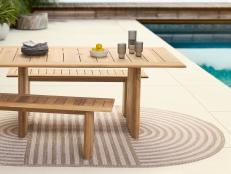A Guide to Elm Trees
The beloved shade tree, the American elm, is making a comeback, thanks to new varieties and cultivars that tolerate Dutch elm disease.


Shutterstock/Aejahn
With proper care and an attention to using disease-resistant varieties, the elm tree is a handsome addition to any yard.
You may have heard stories about beautiful American elms (Ulmus americana), tall, fast-growing deciduous trees with a stately shape. The trees once flourished in parks and along city streets. Tolerant of air pollution, compacted soil and other urban growing conditions, their big, leafy canopies provided lots of cooling shade.
American Elm History
But in the 1920s, catastrophe struck. The trees began dying from Dutch elm disease (DED), which is thought to have arrived in the U.S. with a shipment of elm veneer logs from Europe.
By 1930, researchers identified the fungus that causes DED and found that its spores were carried from one tree to another by elm bark beetles. DED prevented water from reaching the leaves, causing the elms to wilt and die.
To date, it's estimated that DED has wiped out over 40 million American elms, and trees are still dying. Landscapes are losing valuable trees that provide shade and beauty, as well as habitat and food for many animals and insects, including over 200 species of native moths and butterflies.
The devastation happened partly because a single cultivar was planted, rather than a variety, so that when disease struck the elms, the entire cultivar was destroyed.
As in the 19th century Irish potato famine, the lack of diversity in the American elm population proved to be fatal.
An instructive lesson for planting trees in either public spaces or in home gardens is to plant a variety of cultivars so that no one pest or disease will wipe out your garden. Today's arborists do the same when planting streets with shade trees, varying cultivars to better protect the treescape they have created.
Fortunately, not all American elms have succumbed. Native to eastern North America, some small- to medium-sized elms can still be found in woodlands, cities and other areas that were somewhat isolated from infected elms.

Courtesy of Bailey Nurseries
Dark green in summer, with yellow foliage in fall, 'St. Croix' is an American elm with exceptional tolerance to Dutch elm disease.
Combatting Dutch Elm Disease
Developers are also working to introduce elms that won't succumb to DED. Benjamin W. Held and Chad P. Giblin with the departments of plant pathology and forest resources at the University of Minnesota, say that new varieties and cultivars are showing strong tolerance to the disease.
'St. Croix' is a 2015 introduction with exceptional DED tolerance. It has a vase-like growth habit and an open, spreading canopy.
Do elms really matter to the American landscape? Yes, say Held and Giblin. They point to the roles these trees have played in human history for over a thousand years.
The inner bark of elm trees was once used to make bread, they say, and in revolutionary days, the Sons of Liberty met under an American elm to dispute the Stamp Act. General George Washington reportedly took charge of the Continental Army under a big elm, and the trees became a symbol for American ideals.
By the mid-20th century, American elms were the most commonly planted trees in urban areas.
Today, researchers continue to work with native elms and non-native elm hybrids and species to develop greater disease tolerance.
Growing Elm Trees
Elms prefer well-draining, rich and loamy soil but can also do well in clay and dry, sandy soils.
A vigilant pruning and spraying system is recommended even for disease-resistant elms like 'Valley Forge' and 'Princeton" to prevent infestation and infection.
When planting elms make sure to choose a spot with full sun and that will accommodate the tree's eventual full branch and leaf spread.
Planting Ideas
What to Plant Under Trees
Find out all you need to know about underplanting from a garden expert.
Elm Varieties to Try
Try one of these cultivars, recommended for their ability to withstand Dutch elm disease:
'Cathedral Elm', Ulmus 'Cathedral' — A cross between a Japanese and Siberian elm, this hybrid has a dense canopy with big, shiny leaves. Maturing at about 50 feet tall, it’s hardy to zone 4 and adapts well to average soil conditions. The leaves are yellow in autumn.
Allee Lacebark Elm, Ulmus parvifolia 'Emer II' — Fast-growing and graceful, this elm was voted 2003 Urban Tree of the Year by the Society of Municipal Arborists. Its rich green leaves turn yellow in autumn, sometimes becoming pink or red. It grows to 75 feet tall in zones 5 to 9.
'Valley Forge' American Elm, Ulmus americana — After 20 years of testing by the U.S. National Arboretum, ‘Valley Forge’ has shown a 96 percent survival rate to Dutch elm disease. It has a classic American elm shape and tolerates drought, poor soils, air pollution and salts. The trees attract butterflies and mature at 60' to 70' tall.
First Editions 'St Croix' American Elm — Exceptionally resistant to Dutch elm disease, ‘St. Croix’ matures at 60' to 75' tall. Its foliage is dark green in summer and yellow in fall. It was cloned in 2003 from a Minnesota tree that survived in a stand of DED-infected elms for at least 35 years. St. Croix is expected to be released on the market in 2015.
'Prairie Expedition' American Elm — Hardy in zones 3 to 9, this elm grows into a rounded or umbrella-like shape, topping out at 55 feet. Named for the 200th anniversary of the Lewis and Clark Expedition, it was selected from one tree that survived an outbreak of Dutch elm disease along North Dakota’s Wild West River.
Frontier Elm Ulmus x 'Frontier' — This hybrid is a good choice for small spaces, city streets or under power lines. It reaches 25 feet tall and spreads to 15 feet and has a pyramidal shape. ‘Frontier’ attracts butterflies. Its foliage turns an attractive red-purple in fall.
Elm Facts
- There are more than 35 species of elm.
- Elm wood is durable in water and so is often used in boat-building and pier construction.
- The elm's interlocking wood makes it sturdy and hard to split, and so elm wood is popular for furniture and farm buildings.
- The Ulmus americana cultivars 'Valley Forge,' 'New Harmony,' and 'Princeton' are more resistant to Dutch elm disease.






